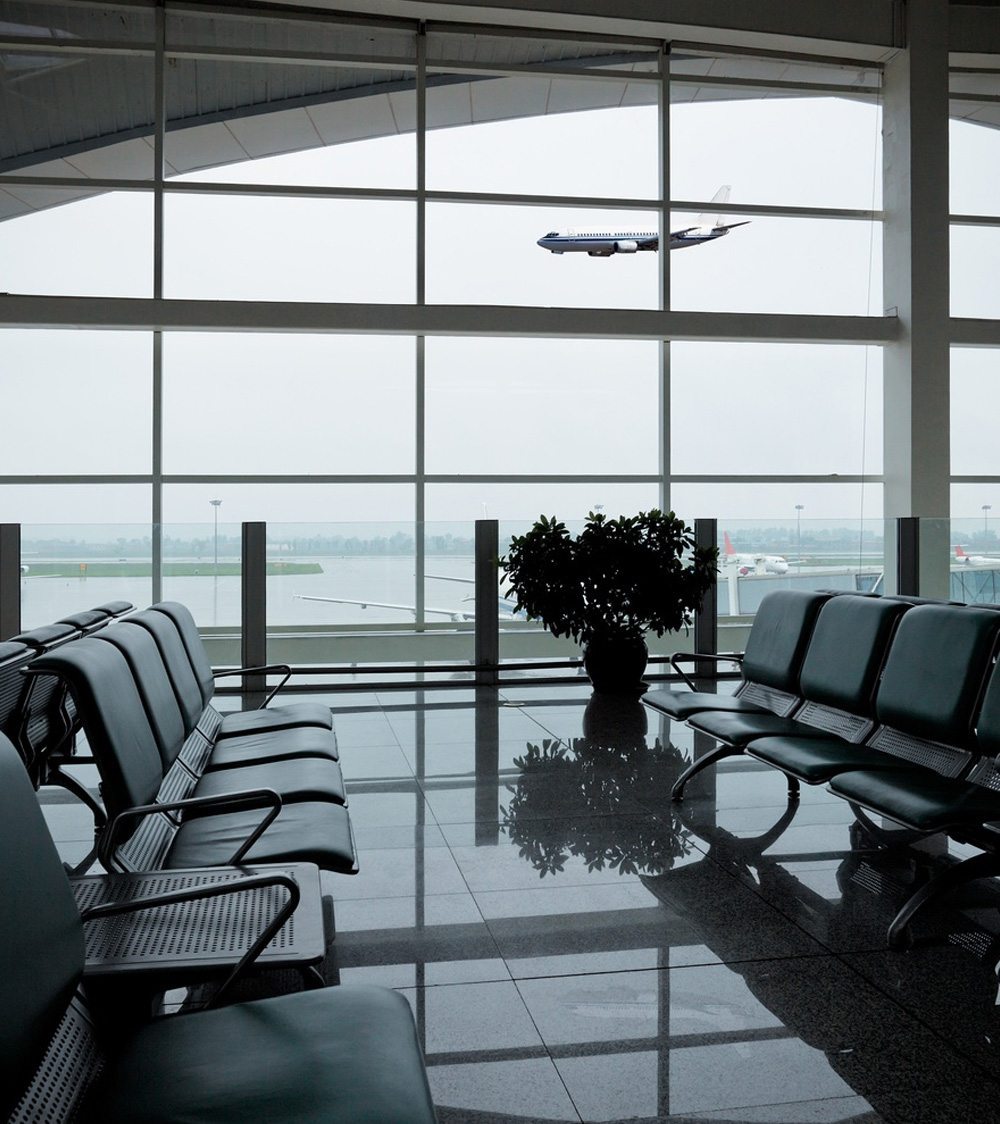Passport Information for Travel Agents

TSA Guidance
for Passengers on New Security Measures for International Flights to the U.S.

What changes can the traveling public expect? What can passengers traveling on flights to the U.S. from international destinations expect?
On any given day, passengers traveling on flights to the U.S. from international destinations may notice enhanced, random security measures throughout the passenger check-in and boarding process. Aviation security is a shared responsibility and countries around the world are working together to increase the safety of air travel. Passengers traveling on flights to the U.S. from international last point of departure destinations are likely to notice enhanced measures including the increased use of the technology and processes such as explosives trace detection, canine teams, advanced imaging technology, and behavior detection among other measures.
For security reasons, the specific details of the directives are not public.
Which countries are affected by the new directives?
The security measures apply to all passengers on international flights flying directly to the U.S. en todo el mundo.
Do passengers need to do anything differently to prepare for checkpoint security procedures? Has anything changed in terms of what passengers can bring in their carry-on or checked bags?
At this time, security checkpoint requirements for passengers departing U.S. airports remain the same. Passengers do not need to do anything differently but they may notice enhanced security measures at international airports.
Should passengers plan to arrive at airports earlier than normal?
Passengers may want to allow additional time to get through security on U.S. bound international flights. These times may vary by airport - check in with your airport or carrier.
How long will the measures remain in place?
These measures are designed to be sustainable. TSA will continuously review these measures to ensure the highest levels of security.
Is the list of 14 countries of concern still in use?
These measures supersede the list of countries of concern put in place as an emergency measure on January 3. The enhanced security measures that are going into effect are tailored to intelligence about potential threats and are focused on all passengers from all countries. They are part of a dynamic, threat based process covering all passengers traveling to the United States while focusing security measures in a more effective and efficient manner to ensure the safety and security of all those traveling by air to the U.S.
How does this change the posture of the current system?
It’s a strengthening of the system. These new, more flexible security protocols are tailored to reflect the most current information available to U.S. authorities and are based on real-time, threat-based intelligence that will now be applied to all passengers traveling to the United States.
What can passengers expect to see at airports?
Passengers traveling to the U.S. from international destinations may notice enhanced security and screening measures throughout the passenger check-in and boarding process which could include explosives trace detection, use of advanced imaging technology, canine teams or pat downs, among other security measures to keep air travel safe.
Are you working with the international community to encourage the use of enhanced screening technology?
The terrorist threat to global aviation is a shared challenge and ensuring aviation security is a shared responsibility. TSA works closely with international partners to share best practices for security checkpoints, air cargo screening, employee security procedures, checked baggage screening, behavior detection and explosive detection technology. A number of nations, including Australia, Canadá, Italia, Países Bajos, Nigeria, and the United Kingdom, have followed the U.S. lead to enhance aviation security by accelerating testing and deployment of advanced imaging technologies at their largest airports, and are strengthening behavior detection, explosive detection and information sharing capabilities.
If a passenger does not wish to be screened using advanced imaging technology, do they have options?
This technology is optional to passengers in the U.S. Passengers who opt out of imaging technology screening will go through alternative screening, including same-gender pat downs. Passengers flying to the U.S. from international destinations should check with the country from which they are flying regarding that nation’s policies. For more information on use of advanced imaging technology in the U.S., visit www.tsa.gov.
What if a country does not have the latest technology such as explosives trace detection or advanced imaging technology?
Passengers traveling internationally to the U.S. on last point of departure flights will be screened using other enhanced measures that could include a pat down and bag search among other measures.
Will the majority of passengers still receive enhanced screening?
To more effectively mitigate evolving terrorist threats, the new security directive utilizes multiple, random layers of security, both seen and unseen, and all passengers may be subject to enhanced screening.

